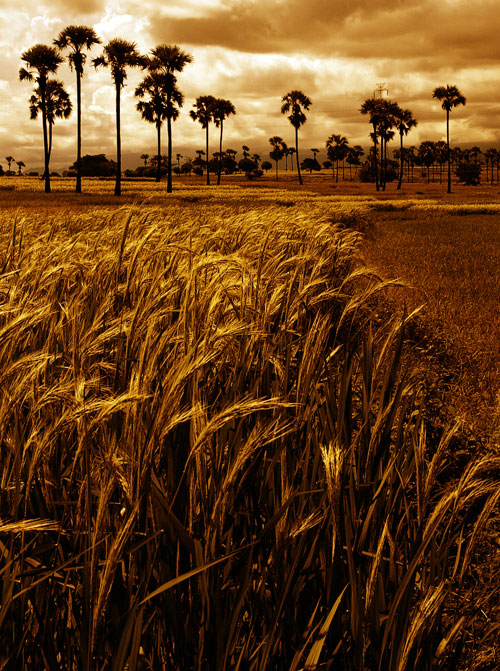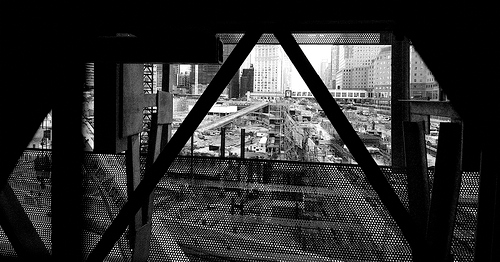
- •What are the different types of tourism?
- •Dark Tourism: a Fine Line Between Curiousity and Exploitation by Amanda Kendle
- •So What Exactly is Dark Tourism?
- •What Kinds of Dark Tourism Are There?
- •Grief Tourism
- •Disaster Tourism
- •Poverty Tourism
- •Suicide Tourism
- •Doomsday Tourism
- •Dark tourism is nothing new...
- •Should you stay away from dark tourism?
Dark Tourism: a Fine Line Between Curiousity and Exploitation by Amanda Kendle
Sometimes we travel to see a beautiful landscape, a precious artifact or a well-known painting. But other times our purpose is to experience something a little darker: to see a concentration camp where thousands of people were gassed to death, to visit a natural disaster zone that we’ve seen plastered across our TV screens, or to gawk at people living in poverty, sometimes with the intention of trying to help them.
All of these things and more have been encapsulated recently by the umbrella term of dark tourism. And while some people are quick to say they’d never be involved in something with a name like dark tourism, the scope is broad and you might be a dark tourist without realizing it.
Most travelers say they’d never involve themselves in dark tourism, but the term is broad. Amanda Kendle explores why you may be a dark tourist without realizing it.

So What Exactly is Dark Tourism?
Well, that kind of depends who you ask. But let’s go for someone who sounds quite authoritative: the University of Central Lancashire, which is actually undertaking academic research into dark tourism. They say:
Dark tourism is the act of travel and visitation to sites, attractions and exhibitions which have real or recreated death, suffering or the seemingly macabre as a main theme.
It’s a term that has only arisen in the past couple of years, perhaps brought into sharper focus with the rush of tours that followed the devastation of Hurricane Katrina in New Orleans. But people have been visiting so-called “dark tourist” sites for a much longer time – the concentration camps at Auschwitz in Poland spring immediately to mind.
Like rubberneckers at a car crash, it’s somehow human nature to want to be an eye-witness to suffering. A morbid curiosity grips many of us and although we might outwardly say we don’t want to visit the site of a natural disaster or a mass murder, a lot of us, secretly, really do. The reasons, like the reasons we travel at all, are many and varied, but range somewhere between wanting to understand how other people live through catastrophe and showing sympathy to victims, all the way through to an out-and-out interest in death and depravity.
What Kinds of Dark Tourism Are There?
Are you a dark tourist? Nearly everyone has interest in at least one or two kinds of dark tourism, even if they wouldn’t initially characterize themselves that way. But it’s certainly a matter of degrees. Over the next few weeks, I’ll be exploring a range of different traveling ideas that fit somehow into the idea of dark tourism. Here’s an overview of one way of categorizing dark tourism.
Grief Tourism
You might be surprised to learn there’s an entire website dedicated to grief tourism. I sure was. But when you get into the detail, grief tourism is a kind of sightseeing that many of us have been doing naturally for years. Basically, you can define grief tourism as being when you travel somewhere to visit a scene of some tragic event.

The most common examples of grief tourism are war-related, like visiting the concentration camps and battle sites, seeing cemeteries, and tourists coming to see where tragic crimes or events happened, for example in Soham, England, when floods of tourists visited the small village where two young schoolgirls were murdered. And perhaps the ultimate example of grief tourism is the wave of visitors to Ground Zero in New York after the 9/11 terrorist attacks.
